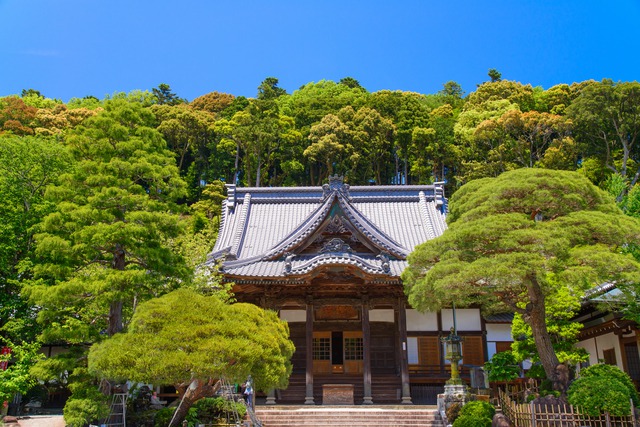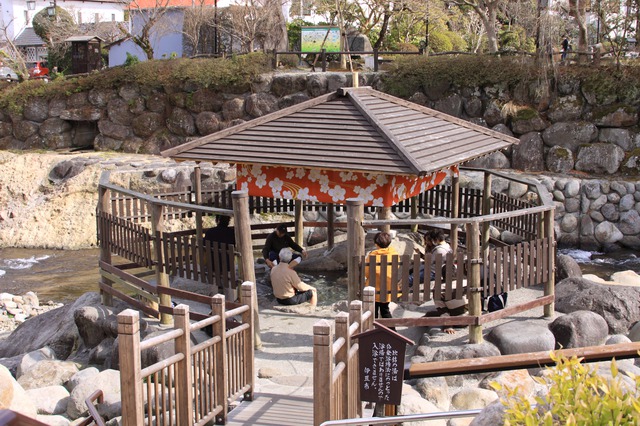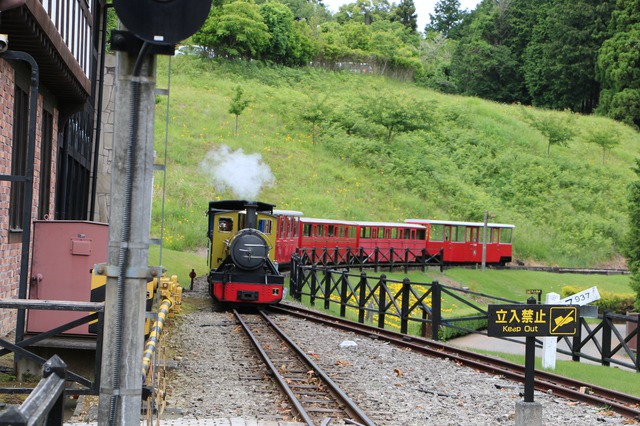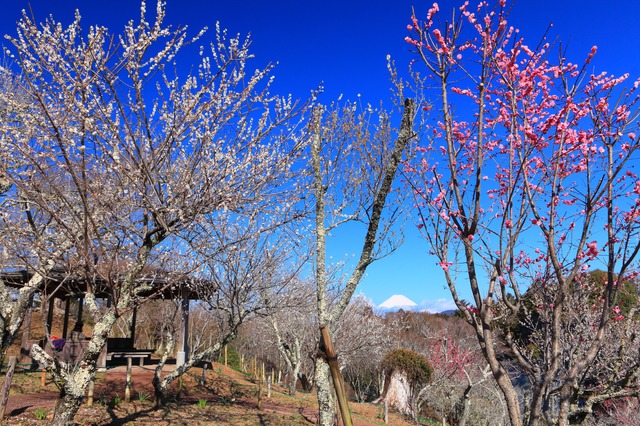
Little Kyoto of Izu, Shizuoka! Sightseeing Guide to the Hot Spring Town of Shuzenji
Shuzenji is the oldest onsen (hot spring) village in Shizuoka’s Izu Peninsula that is packed with many hot spring districts. Aside from its highly beneficial onsen waters, this area is also very popular as a sightseeing spot where you can enjoy nature and culture. Below is a sightseeing guide for Shuzenji.
This post may contain affiliate links. If you buy through them, we may earn a commission at no additional cost to you.
1. What is Shuzenji?
Shuzenji is an area that is located in the northern part of the Izu Peninsula. It was originally a monzenmachi (town built around a temple) of the old Shuzenji temple that was opened by Kobo Daishi (great teacher of Buddhism) Kukai, the founder of the Shingon sect. It later turned into an onsen town, and today, it is famous as Shuzenji Onsen where rows of ryokan (Japanese-style inn) stand side by side along the Katsuragawa (Katsura River) valley.
This area is a nature-rich place where three sides are surrounded by mountains, so you can enjoy natural beauty in every season, such as plum and autumn foliage. Further, Shuzenji temple that is located at the heart of the hot spring town, the vermillion bridge over Katsuragawa and the ryokans with a retro design create an impressive landscape, leading to the town’s nickname – Little Kyoto of Izu. Shuzenji is also known as the land that was loved by Japanese literary masters such as Natsume Soseki and Kawabata Yasunari, so it is the setting in many literary works.

2. Tokko no Yu
The one thing that you cannot separate from Shuzenji is Tokko no Yu that gushes out from the side of Katsura River, which flows at the heart of the onsen town. Legend has it that Kukai made a fountain gush out by using a Buddhist ritual instrument called “tokko” (single-pronged vajra) and that stream is known as the hot water that served as the origin of Shuzenji onsen (only touring is allowed at present, and bathing is prohibited).
Every year on April 21st, Yukumi-shiki is held as a festival to celebrate Kukai, who discovered this hot spring water, and give thanks to the onsen. It is an extremely gorgeous event where 30 women clad in kimonos get hot water using a pail and then parade around the town with 220 people, including babies.

3. Chikurin no Komichi (Bamboo Forest Path)
This promenade that was developed by laying natural stones in the bamboo forest stretches along Katsura River from the street beside Tokko no Yu. On this path, you will get to witness a charming view of tea houses and a fire watchtower, and rows of souvenir shops and other establishments on the side. If you listen carefully, you will hear the murmuring of the stream and the relaxing sound of bamboo leaves rustling. It is recommended that you sit on the circular bamboo bench in the center and enjoy the vibe created by the bamboos. This area is also lit up at night, making it a popular spot for strolling through a magical space. On the footpath is a gallery called Shuzenji Kairo, where you can appreciate photos of the four seasons in Shuzenji.

4. Shuzenji Niji no Sato
Shuzenji Niji no Sato is the nature and culture theme park that is located inside Shuzenji Nature Park at the northwest part of Shuzenji Onsen. This area is filled with attractive facilities such as the British Village and Canadian Village that reproduce the 17th century townscape, Takumi Village where you can experience pottery and papermaking, and the Japanese Garden where you can see rhododendron and hydrangea flowers. One of the biggest appeals of this place is that guests can ride the steam locomotive and diesel locomotive that go around the park. It is also famous as a spot for viewing autumn foliage, as you can enjoy the changing colors of about 1,000 trees that paint this area in shades of red in the middle of November each year.
Admission fee: Adult (junior high school and older): 1,200 JPY, Child (4 years old and above): 600 JPY


5. Shuzenji Bairin (Plum Forest)
Shuzenji Bairin is located in the mountains around Shuzenji Niji no Sato. Here, there are 1,000 trees of 20 kinds of red and white plums, and some of them are ancient trees that are over 100 years old. The view of Mt. Fuji that you can see beyond the plum trees on sunny days is so beautiful. Further, the Ume Matsuri (Plum Festival) that is held each year is packed with people thanks to the plum blossoms covering one side of the area, and the participation of souvenir shops and dining spots. In particular, the Ayu no Shioyaki (sweetfish grilled with salt) that is grilled on a bonfire is famous. Inside this area, there are also such spots as the teahouse Soko Sanso where you can enjoy an open-air tea ceremony.
Ume Matsuri period: February 10, 2018 (Sat.) – March 4, 2018 (Sun.)

Going to Shuzenji takes only about two hours each way from Tokyo, so you can have a lot of fun even on a day trip. Try to visit sometime!
The information in this article is accurate at the time of publication.




